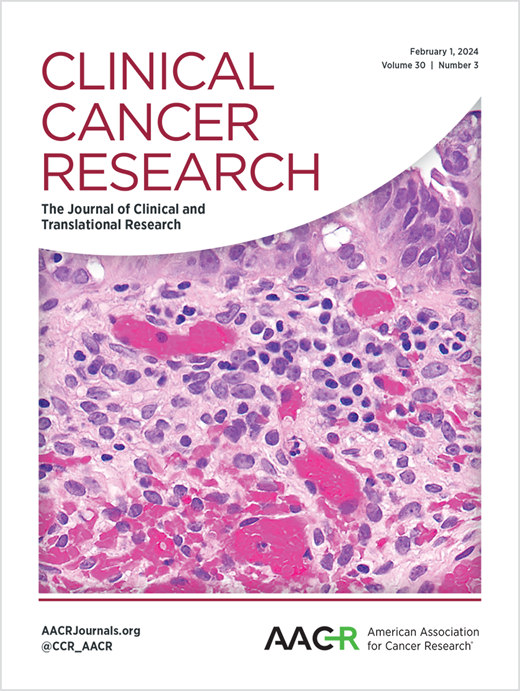适应多控制臂的反向选择设计。
IF 10
1区 医学
Q1 ONCOLOGY
引用次数: 0
摘要
在随机对照试验中评估一种新疗法需要与现有疗法进行比较。如果现有的几种疗法具有相似的疗效,则很难确定单一的对照方案。针对这种情况,我们提出了一种反向选择设计,其最简单的形式是包括一个实验治疗组和两个对照组。对照组不需要在整个试验过程中同时使用两个对照组,而是在早期的中期分析中对其进行比较,最好是在应计过程中进行比较。此时,表现最差的对照组将被放弃,剩余的对照组继续进行随机分配。研究结束时,我们会将治疗方案与剩余的对照组进行比较。如果无法对现有疗法进行头对头比较或比较不可行,这种设计所需的样本量要小于传统的三臂设计或两项连续试验,即对现有疗法进行比较,并在随后的试验中使用较好的疗法作为对照臂。这是因为最终的比较只在两臂之间进行,而且早期中期分析是在应计制结束之前进行的--但由于有足够的信息,任何更好的对照臂都会被选中。我们通过模拟评估了反向选择设计的运行特征,结果表明它减少了将治疗与最佳对照进行比较所需的样本量,控制了 I 型误差,并有可能在最终分析中选择正确的对照臂。本文章由计算机程序翻译,如有差异,请以英文原文为准。
Reverse Selection Designs for Accommodating Multiple Control Arms.
Evaluating a novel treatment in a randomized controlled trial requires comparison against existing therapies. If several existing therapies of similar benefit exist, the identification of a single control regimen may be difficult. For this situation, we propose a reverse selection design which, in its simplest form, includes a single experimental treatment arm and two control arms. Rather than carrying both control arms through the entire trial, the control arms are compared at an early interim analysis, ideally while accrual is ongoing. At this time, the worst-performing control arm is dropped and randomization continues to the remaining arms. At the end of the study, we compare the treatment to the remaining control arm. When no head-to-head comparison of the extant therapies is available or feasible, this design requires a smaller sample size than a traditional three-arm design or two sequential trials in which the extant therapies are compared and the better treatment is used in a subsequent trial as the control arm. This is because the final comparison is only between two arms and because the early interim analysis occurs prior to the end of accrual - yet with enough information such that any substantially better control arm will be selected. We evaluate the operating characteristics of a reverse selection design via simulation and show that it reduces the required sample size needed to compare the treatment against the best control, controls type I error, and likely selects the right control arm to use in the final analysis.
求助全文
通过发布文献求助,成功后即可免费获取论文全文。
去求助
来源期刊

Clinical Cancer Research
医学-肿瘤学
CiteScore
20.10
自引率
1.70%
发文量
1207
审稿时长
2.1 months
期刊介绍:
Clinical Cancer Research is a journal focusing on groundbreaking research in cancer, specifically in the areas where the laboratory and the clinic intersect. Our primary interest lies in clinical trials that investigate novel treatments, accompanied by research on pharmacology, molecular alterations, and biomarkers that can predict response or resistance to these treatments. Furthermore, we prioritize laboratory and animal studies that explore new drugs and targeted agents with the potential to advance to clinical trials. We also encourage research on targetable mechanisms of cancer development, progression, and metastasis.
 求助内容:
求助内容: 应助结果提醒方式:
应助结果提醒方式:


